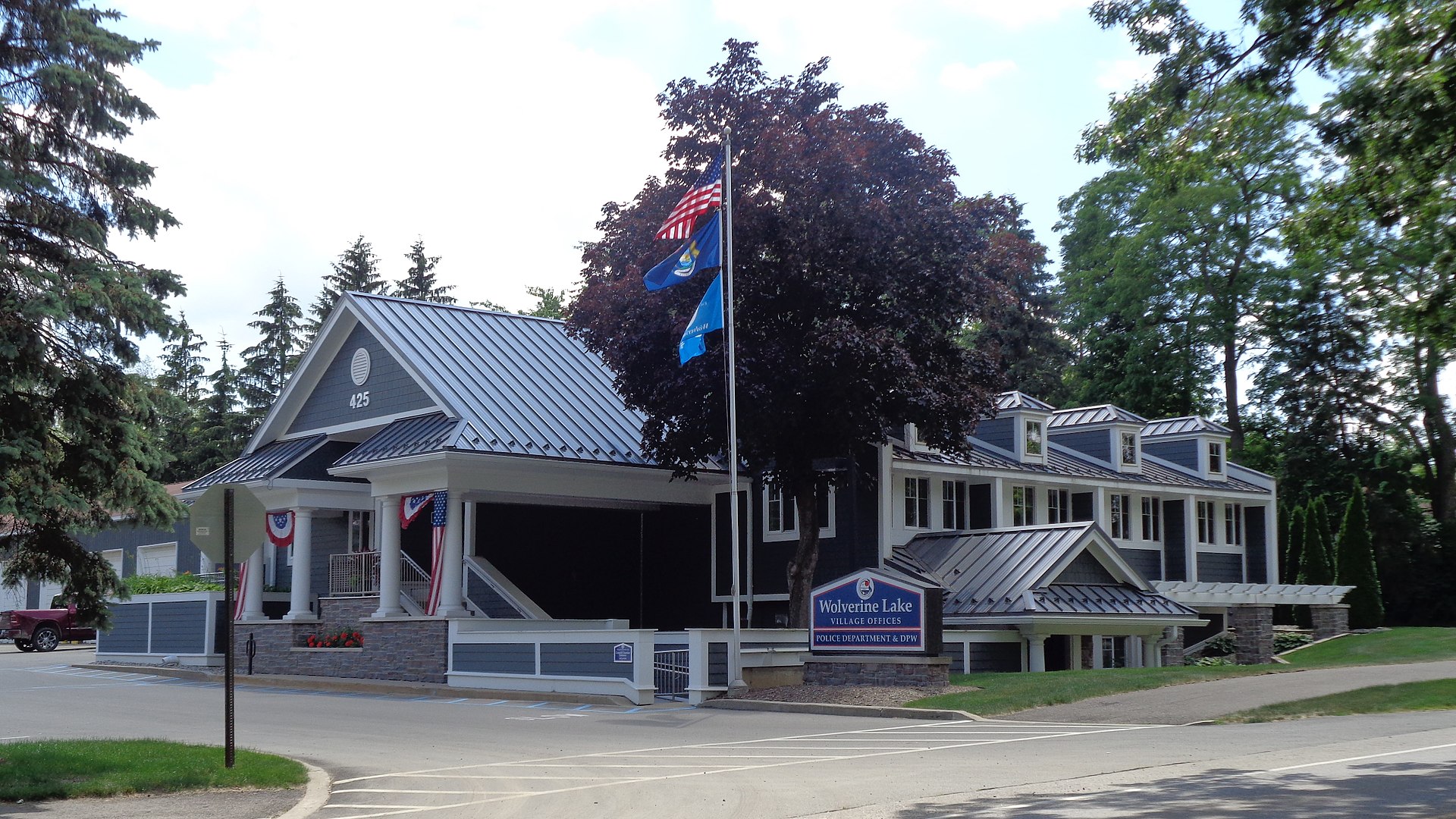Mindful Awareness
This November, Herman & Wallace is thrilled to be offering a brand-new course instructed by Carolyn McManus, PT, MS, MA, called Mindfulness-Based Biopsychosocial Approach to Chronic Pain. This course will be offered November 15-16, 2014 in Seattle, WA. We sat down with Carolyn to learn more about her course.

The constant flood of information in today’s interconnected, wired world trains the mind in distraction and away from the immediate experience of life. Many people spend hours gazing down at quickly changing images on the small frame of an electronic device and only notice the body when it has its aches and pains! Mindful awareness offers us a skillful way to pay attention, build body awareness, touch life fully and provides a healing antidote to information overload.
Mindful awareness invites us to rest the mind in the present moment with openness, friendliness and curiosity. This is not our natural tendency and requires training. Often we are caught in a struggle with the present moment, perceive it as flawed, find fault with ourselves and constantly drive ourselves to run, do and achieve. When mindful, we still have our plans, goals and to-do list, but this is not an obstacle to resting the mind here and now. We can stop the struggle with the present moment, touch life fully and open to the potential for ease and insight in the midst of things just as they are. New perceptions and an experience of aliveness can occur that can never happen when we are lost in distraction. Danna Faulds expresses this beautifully in her poem "Walk Slowly":
It only takes a reminder to breathe,
a moment to be still, and just like that,
something in me settles, softens, makes
space for imperfection. The harsh voice
of judgment drops to a whisper and I
remember again that life isn’t a relay
race; that we all will cross the finish
fine; that waking up to life is what we
were born for. As many times as I forget to catch myself charging forward
without even knowing where I am going,
that many times I can make the choice
to stop, to breathe, and be, and walk
slowly into the mystery.
I began practicing mindfulness meditation to help manage stress and heal from a back injury. I found the practice easily translated to patient care and helped my patients build body awareness, detach from maladaptive thinking habits and experience inner calm and relaxation. They gained insight into the reactions, behaviors and situations that escalated and de-escalated their symptoms. Research shows that mindfulness improves attention regulation and executive function, body awareness and emotional regulation. (1) I am excited to share with my colleagues what I have learned through the practice of mindfulness and its applications to both self-care and patient care in my November course.
Learn more about Carolyn's course and join her this November in Seattle to attend her Mindfulness course!
1. Holzel BK, Lazar SW, Guard T, et al. How Does Mindfulness Meditation Work? Proposing Mechanisms of Action From a Conceptual and Neural Perspective. Perspect Psychol Science. 2011;6: 537–559.
By accepting you will be accessing a service provided by a third-party external to https://hermanwallace.com/







































